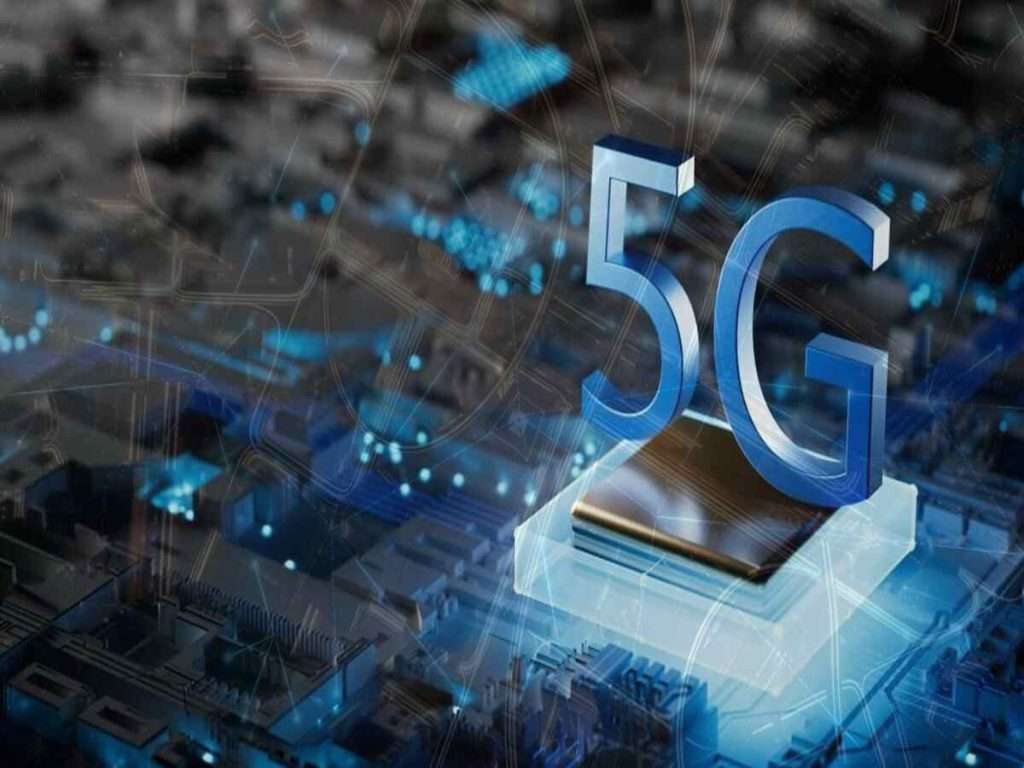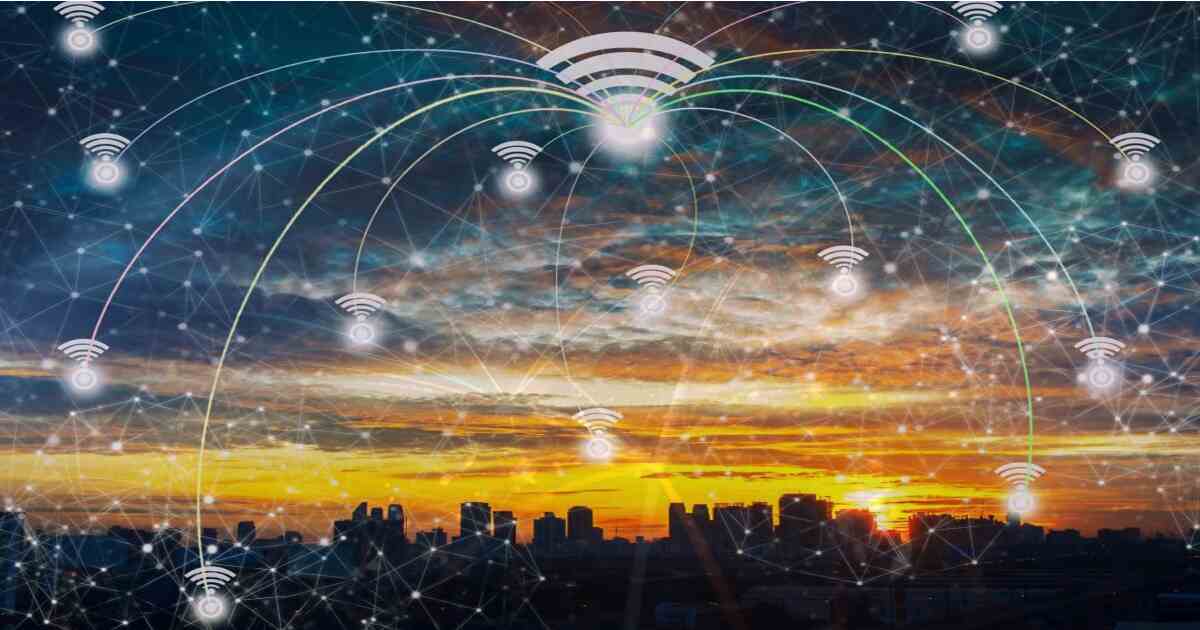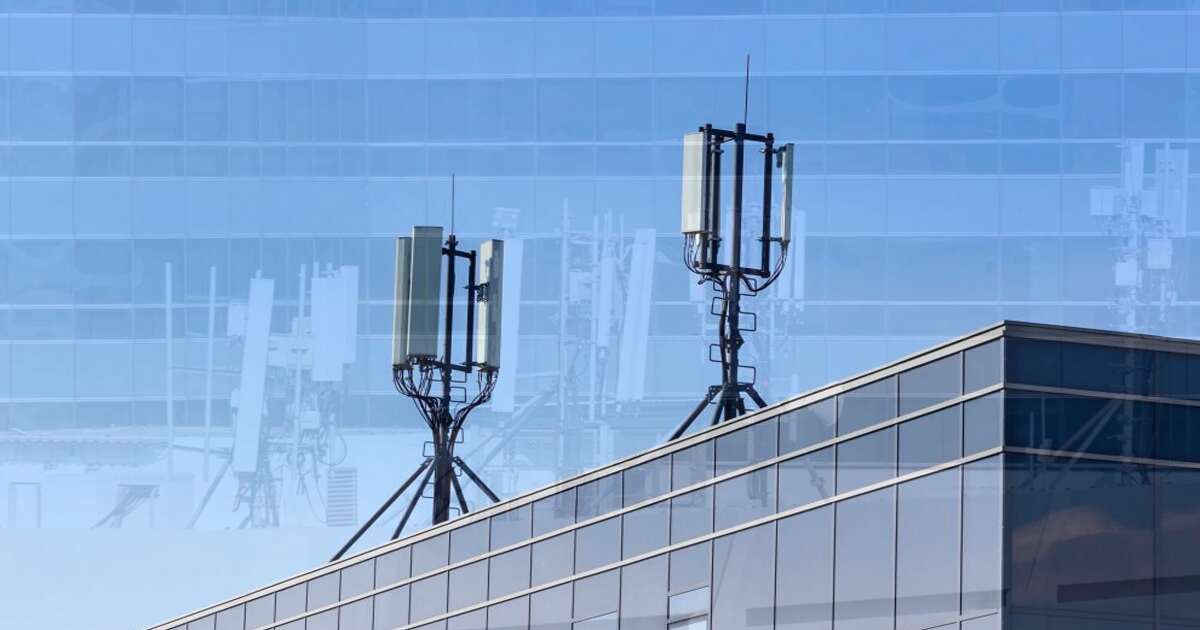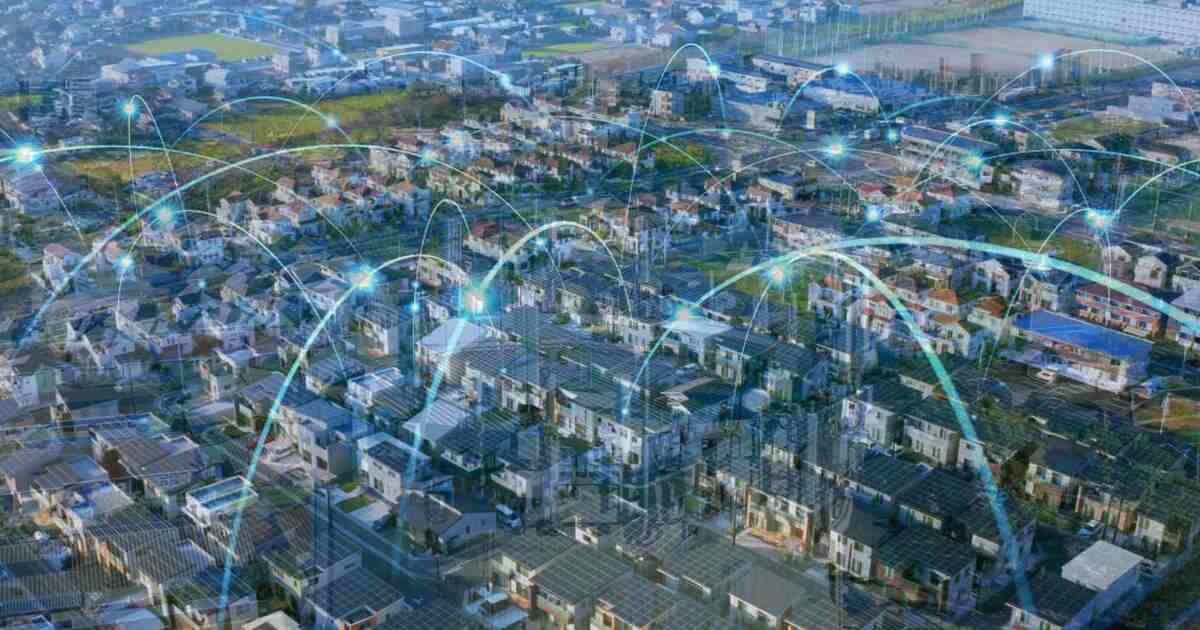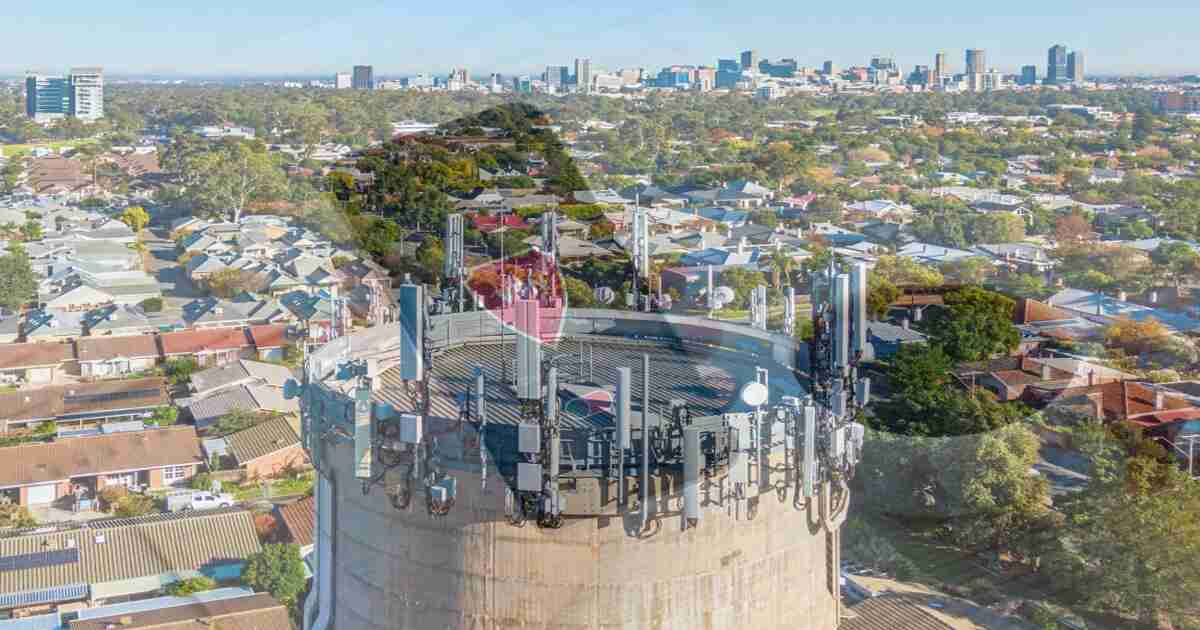5G networks represent a revolutionary leap in mobile communication technology, promising unparalleled speed, capacity, and connectivity. The fifth generation of wireless networks is designed to deliver blazing-fast data rates, with peak speeds reaching multiple gigabits per second (Gbps). This exceptional speed opens the door to a new era of digital experiences, powering applications like augmented reality (AR), virtual reality (VR), and ultra-high-definition streaming.
One of the defining features of 5G is its utilization of higher frequency bands, including millimetre waves. These higher frequencies enable faster data transfer, although their shorter range requires a denser network infrastructure. Network operators leverage advanced technologies such as beamforming and multiple input and output (MIMO) to optimize signal strength and coverage, ensuring a seamless and robust connection.
Moreover, 5G is not just about speed but transforming how devices communicate. Network slicing allows operators to create virtual networks tailored to specific needs, from low-latency communication for critical applications to enhanced mobile broadband services for data-intensive tasks. As 5G continues its global rollout, it is set to empower the Internet of Things (IoT), simultaneously connecting an unprecedented number of devices.
In conclusion, 5G networks are at the forefront of the digital revolution, ushering in a new era of connectivity beyond smartphones. From smart cities to autonomous vehicles, the impact of 5G will reshape how we live, work, and interact with the world. Stay tuned for the exciting possibilities that the widespread adoption of 5G networks will unfold.
Wireless Communication
Wireless communication has evolved into an indispensable aspect of our modern interconnected world. It refers to data transmission without cables or wires, enabling seamless connectivity across various devices. The advent of wireless communication technologies has played a pivotal role in transforming how we communicate, share information, and access the digital realm.
One of the critical innovations in wireless communication is the progression from 4G to 5G networks. The fifth generation of wireless technology represents a quantum leap, offering faster data rates, reduced latency, and increased capacity. This has paved the way for groundbreaking applications such as augmented reality, virtual reality, and the Internet of Things.
Wireless communication relies on various technologies, including radio frequency (RF), Bluetooth, Wi-Fi, and cellular networks. These technologies enable devices to communicate over the airwaves, providing flexibility and mobility. The ubiquity of wireless communication has empowered the proliferation of smartphones, smartwatches, and a myriad of IoT devices, fostering a connected ecosystem.
Moreover, the deployment of wireless communication extends beyond personal devices to encompass broader applications such as smart homes, smart cities, and industrial automation. It facilitates real-time data transfer, enabling swift decision-making and enhancing overall efficiency.
As we continue to embrace the era of wireless communication, its constant evolution opens the door to new possibilities, shaping the future of how we interact with technology and each other. This dynamic field will undoubtedly drive further innovations, making connectivity more pervasive and integral to our daily lives.
Mobile Networks (5G networks)
Mobile networks form the backbone of our connected world, facilitating communication and data exchange through wireless channels. These networks have undergone a transformative journey, evolving from basic voice-centric systems to advanced, data-driven ecosystems. The advent of 5G technology marks a significant milestone in the progression of mobile networks, promising unprecedented speed, low latency, and diverse connectivity.
Mobile networks operate on a spectrum of technologies, with 5G being the latest and most advanced. The fifth generation introduces breakthroughs like millimetre-wave frequencies, enabling remarkable data rates and supporting many connected devices simultaneously. This evolution enhances the mobile broadband experience and propels the realization of futuristic applications such as smart cities, autonomous vehicles, and the Internet of Things (IoT).
The critical components of mobile networks include base stations, antennas, and a network core. These elements work in concert to provide seamless connectivity, allowing users to access voice, text, and data services on their mobile devices. As the demand for faster and more reliable connections grows, mobile networks continually strive to innovate and expand their capabilities.
Mobile networks are the invisible threads that weave our digitally connected lives together. Whether through 4G enabling high-speed internet on smartphones or the promises of 5G revolutionizing entire industries, these networks play a vital role in shaping the future of communication and technological advancement. Stay tuned as mobile networks evolve, ushering in an era of unparalleled connectivity and possibilities.
Telecommunications Tower
Telecommunications towers stand as iconic structures, silently enabling the seamless flow of communication in our connected world. These towering structures play a pivotal role in the functionality of mobile networks, serving as the backbone for transmitting signals across vast distances. Positioned strategically, telecommunications towers facilitate the relay of voice calls, text messages, and high-speed data, forming the infrastructure that keeps us interconnected.
Rising against the skyline, these towers have antennas and transmitters that transmit and receive signals, ensuring comprehensive coverage within their designated areas. As technology advances, so does the design and capability of these towers. The advent of 5G has brought about a new era in telecommunications, prompting more buildings and small cells to support the higher frequency bands and increased data demands.
Telecommunications towers are often strategically located to optimize signal reach and network efficiency. Their placement ensures reliable connectivity in urban landscapes, rural expanses, or atop buildings. These towers are equipped with lightning protection and other safety features to maintain uninterrupted service even in adverse weather conditions.
As the world becomes more digitally interconnected, the role of telecommunications towers becomes increasingly vital. Beyond their functional significance, these towers symbolise our ability to communicate instantaneously across vast distances. With technology continually evolving, telecommunications towers are set to grow as well, shaping the landscape of global communication in the years to come.
Network Architecture (5G networks)
Network architecture serves as the blueprint for designing and organising a computer network, outlining the structure and functionality of its components. In the ever-expanding landscape of digital connectivity, a robust and scalable network architecture is crucial for efficient data transmission and communication.
Network architecture defines how different devices, such as computers, servers, and routers, interact within a network. This includes arranging hardware elements, communication protocols, data transfer mechanisms, and the overall framework governing data flow. A well-designed network architecture ensures seamless connectivity, optimal performance, and the ability to adapt to evolving technological demands.
Two prevalent types of network architectures are client-server and peer-to-peer. The client-server model involves centralized servers that manage resources and respond to client requests. On the other hand, peer-to-peer architecture allows devices to communicate directly, distributing processing power and data management.
With the advent of cloud computing and the proliferation of Internet of Things (IoT) devices, modern network architectures are witnessing transformative shifts. Edge computing, a decentralized approach that processes data closer to the source, is gaining prominence. This reduces latency and enhances real-time processing capabilities, especially critical for applications like autonomous vehicles and smart cities.
As technology advances, the significance of resilient and adaptable network architecture becomes increasingly apparent. Whether in the context of 5G mobile networks, enterprise infrastructures, or the interconnected systems of the future, a well-designed network architecture lays the foundation for a connected world, fostering innovation and efficient data exchange.
5G Home Internet
The advent of 5G technology has not only transformed the mobile communication landscape but has also ushered in a new era for home internet connectivity. 5G home internet represents a groundbreaking shift, offering high-speed, reliable internet access without traditional cable or fibre-optic connections.
With 5G home internet, users can experience gigabit-level speeds, making activities like streaming 4K videos, online gaming, and video conferencing incredibly smooth. This technology leverages the power of 5G networks, utilizing advanced radio frequencies and cutting-edge infrastructure to deliver robust connectivity directly to homes.
One of the critical advantages of 5G home internet is its flexibility. Unlike traditional broadband services that rely on physical cables, 5G home internet operates wirelessly, eliminating the need for extensive infrastructure installations. This makes it particularly appealing in areas where laying cables is challenging or cost-prohibitive.
Moreover, 5G home internet introduces competition to the broadband market, offering consumers more choices for their home connectivity needs. As telecommunications providers roll out 5G networks, more households can benefit from faster and more accessible internet options.
As we enter the era of smart homes and an increasingly connected society, 5G home internet is poised to play a central role in shaping the way we experience and interact with the digital world within the comfort of our homes. The future of home internet is indeed wireless, fast, and 5G-powered.
Mobile Broadband (5G networks)
Mobile broadband has revolutionized how we access and experience the internet on the go. This technology provides high-speed internet connectivity through mobile networks, empowering users to browse the web, stream videos, and stay connected from virtually anywhere.
The essential advantage of mobile broadband lies in its wireless nature. Users can access the internet using smartphones, tablets, and other mobile devices without needing fixed cables or Wi-Fi networks. This flexibility is precious for individuals who require connectivity while commuting, travelling, or in areas with limited wired infrastructure.
The evolution from 3G to 4G and 5G has significantly enhanced mobile broadband capabilities. 5G, the fifth generation of mobile networks, promises even faster data rates, reduced latency, and the ability to connect many devices simultaneously. This opens the door to transformative experiences, such as augmented reality applications, seamless video conferencing, and real-time gaming on mobile devices.
Mobile broadband caters to individual users and plays a crucial role in connecting entire communities. In regions where traditional fixed-line infrastructure is challenging to deploy, mobile broadband becomes a lifeline for internet access, bridging the digital divide.
As the demand for high-speed, reliable connectivity continues to rise, mobile broadband remains at the forefront, shaping how we stay connected in an increasingly mobile and digitally connected world. The ongoing advancements in mobile network technologies ensure that the future of mobile broadband holds even more exciting possibilities.

